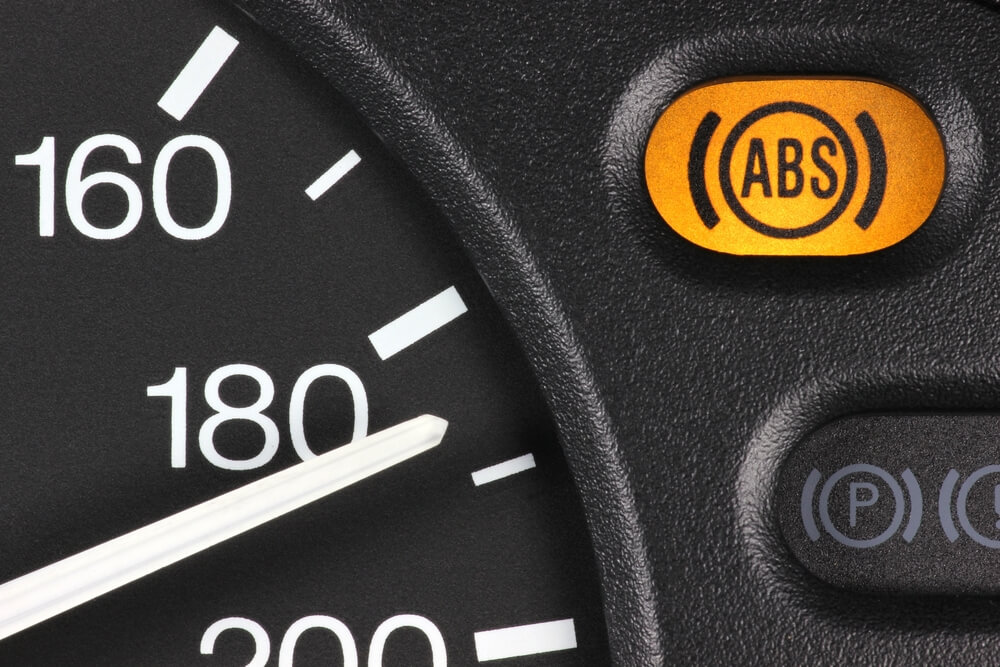Find Auto Parts Ocean and Transmissions for a Great Price! Live Assistant For Auto Parts Ocean Call 1-833-374-5813

The Anti-lock Braking System (ABS) in your car is a vital safety element that helps you maintain stability during emergency circumstances by preventing wheel lock-up during hard braking. To make sure the ABS system is operating properly, it must be checked frequently. In this blog, we’ll go over how to inspect your ABS system and why it’s important.
Through the prevention of wheel lock-up, which can cause slipping and loss of control, the ABS system improves the safety of your car. Here’s why it’s crucial to monitor your ABS system:
Checking the ABS system is a crucial task that must be done properly. Here is a step-by-step guide to doing it:
Step 1: Start your car’s engine and let it idle to get started. Make sure the brake for parking is applied and the gearbox is set to “Park” or “Neutral” for safety.
Step 2: The ABS warning illumination on your dashboard may momentarily come on and then go off as the car’s systems start up. If it remains on or flashes while you’re driving, there might be a problem with your ABS system.
Step 3: To do a road test, look for a secure, empty garage or a peaceful, straight road without any traffic or obstructions.
Step 4: Once your car has reached a steady speed of about 20 to 30 mph, press the brake pedal firmly and steadily.
Pay close attention to how the brakes feel and how the car behaves.
Step 5: The ABS system ought to kick in upon hard brake usage, and the brake pedal may pulse or vibrate. This typical pulse shows that the vehicle’s ABS is actively preventing wheel lock-up.
As these can indicate problems with ABS components, keep an ear out for any odd noises, such as crushing, clicking, or buzzing.
Step 6: If possible, drive the road test in a variety of situations, such as on a slick or wet surface. This enables you to see the way the ABS system responds to various situations.
Step 7: During the hard braking test, if the brake pedal seems stiff, doesn’t pulse, or causes wheel lock-up, there may be an issue with the ABS system.
Step 8: It’s critical to ask for assistance from a trained mechanic or dealership if you experience problems with the ABS system or have concerns about how well it is functioning. Utilising specialised tools and knowledge, they are able to identify and fix ABS issues.
Make sure that you are going for a regular maintenance check in the garage. You must follow the manufacturer’s manual for the safekeeping of your possessed vehicle.
You may preserve a trustworthy and secure ABS system, increasing the general safety of your vehicle on the road, by following the instructions provided in this book and taking care of any difficulties as soon as they arise.
Auto Parts Ocean is a collection of car fanatics. To suit your needs and assist you in maintaining the efficient running of your car, we engage in the sale of used engines and transmissions.